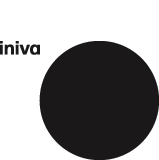From the first traces left by humans on the beaten earth to footprints on the surface of the Moon, marking the world with one’s presence has always meant being there physically, tangibly. Today, that certainty is beginning to fade.
Indeed, the installation HyperTerritory allows people in the UK and Cambodia to walk in each other’s footsteps quite literally and in real time. As Londoners leave their footprints live in Phnom Penh, Phnom Penh residents simultaneously leave theirs in London.
In doing so, the work raises questions about how information and communication technologies are reshaping geography and transforming our relationship to space.
Listen to our BBC Digital Planet interview
BBC interview
Sketches
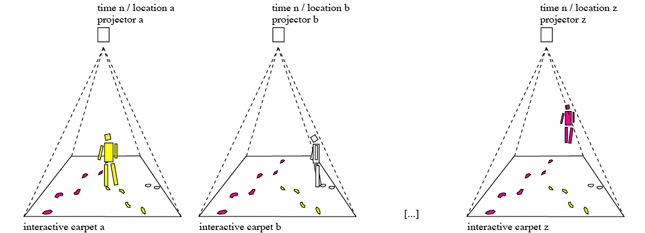
Photos
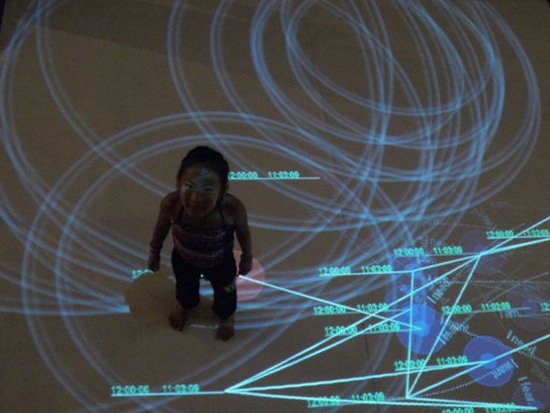
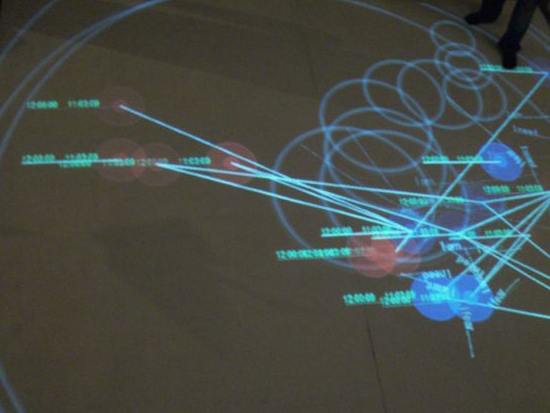
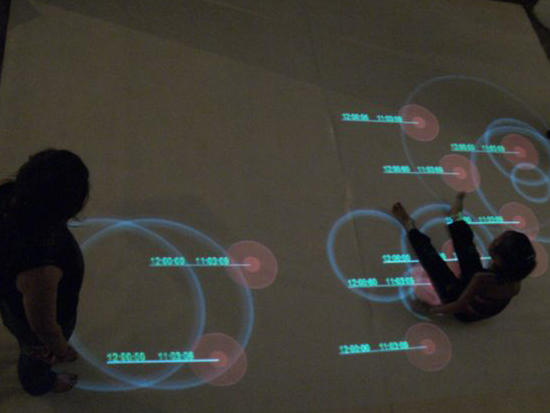
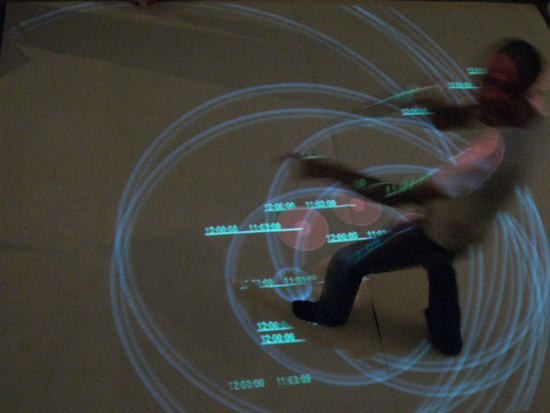
Team
The project’s origin is based on the concept of an HyperTerritory characterized by ubiquitous footprints. It was proposed by Philippe Chollet and Che-Guevara John. It also involved Chris Lane (London Metropolitan University) and Gauthaman Ravindran (London Metropolitan University) in the production phase.
Thanks for their help and support to Alain Arnaudet (Institut français), Angelo Russell, Benjamin Wullenweber, Ronan Durand, Tom Flint, Interface-z.
Exhibitions
The installations were exhibited simultaneously at Iniva (Institute of International Visual Arts in London / UK) and at the CCF (French Cultural Centre in Phnom Penh / Cambodia).


